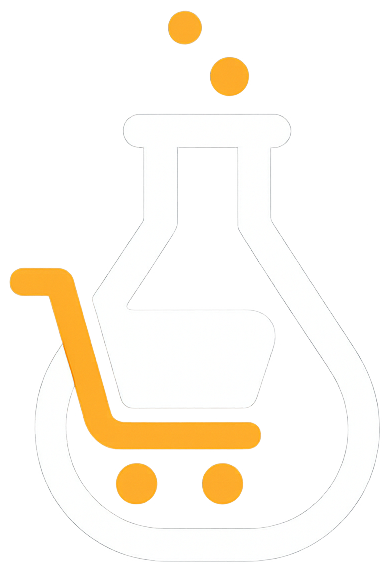What is Profit Margin vs. Markup ?
Why is Profit Margin vs. Markup important for sellers ?
How does Profit Margin vs. Markup work in practice ?
Pro tip for Profit Margin vs. Markup
To effectively leverage Profit Margin vs. Markup, Amazon sellers should regularly calculate and analyze both metrics to optimize their pricing strategies. Start by determining your cost of goods sold (COGS), including all associated expenses like shipping and Amazon fees. Once you have this figure, establish a markup percentage that covers costs while remaining competitive. For instance, if your COGS is $10 and you want a 50% markup, set your selling price at $15. Next, calculate your profit margin to ensure it aligns with your business goals. If your selling price is $15 and your total costs are $12, your profit margin is 20%. Aim for a profit margin that supports your financial objectives, typically between 20-40% for many Amazon sellers. Regularly review these calculations, especially when sourcing new products or adjusting prices, to maintain profitability and adapt to market changes. This proactive approach not only enhances your financial health but also positions you for sustained growth on the Amazon platform.
